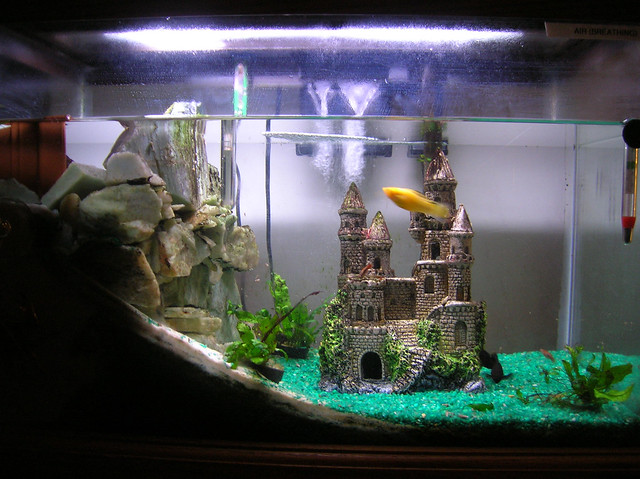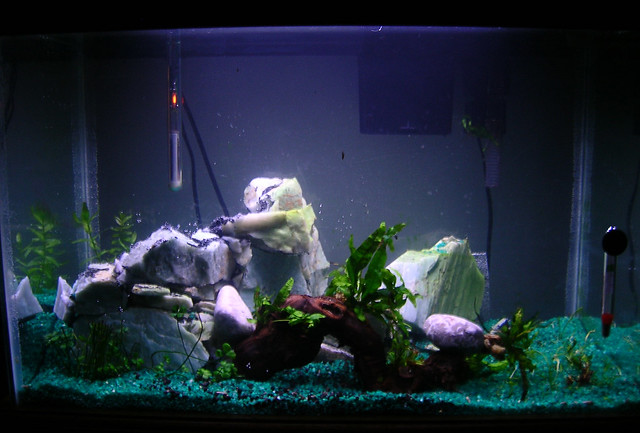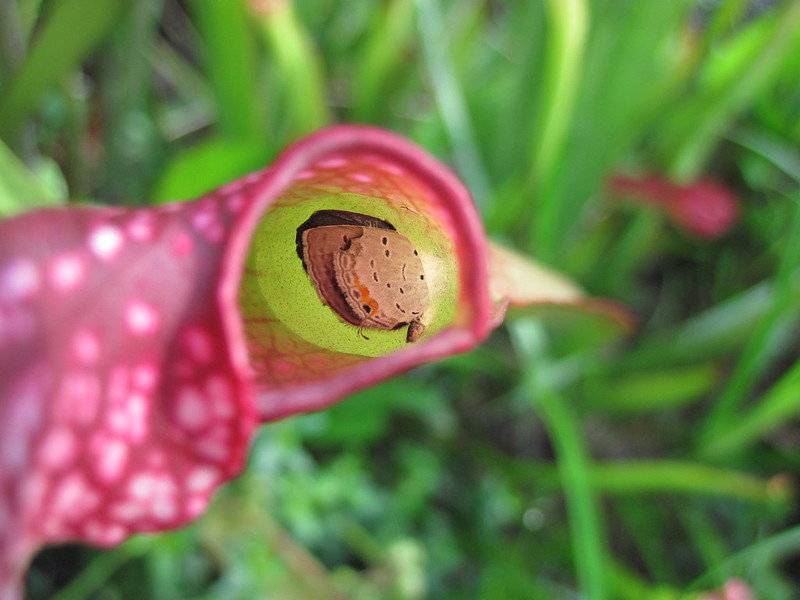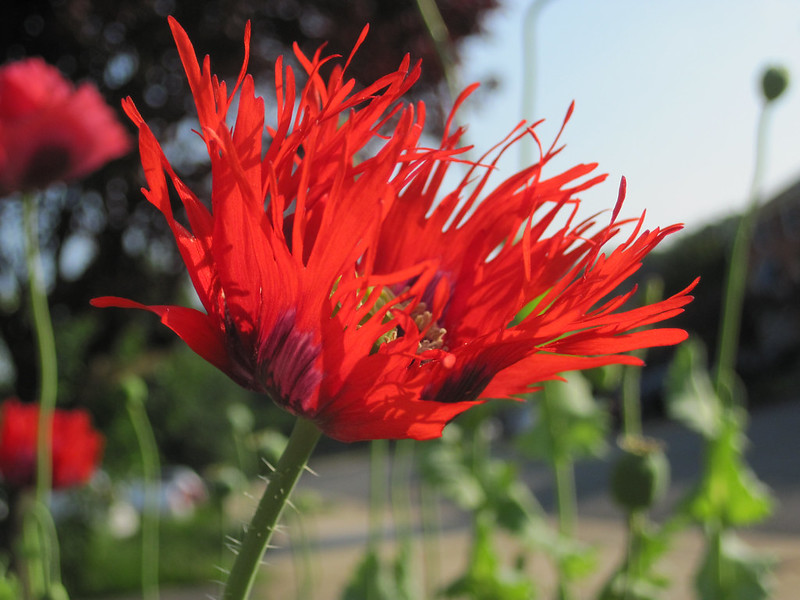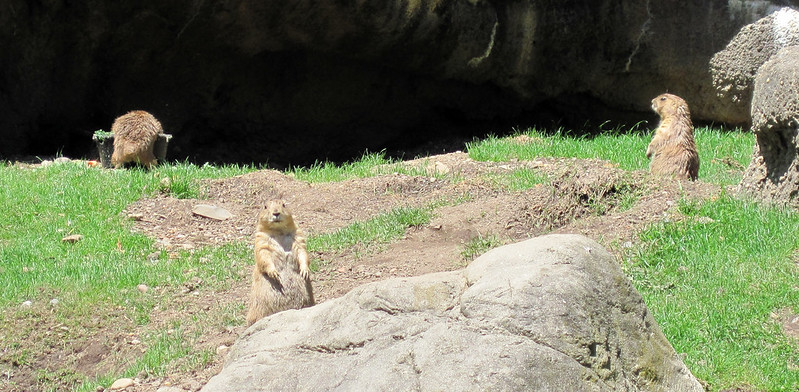This is my first aquarium. Well, the bones of it were my first aquarium. I originally got into the hobby because while visiting a now defunct local store, I discovered the Moon, or Halloween, or Patriot, Crab. How can you not love a purple and orange crab the size of your hand? I mean, really. So like a good novice, I went home to do some research. It turned out that I really couldn’t set up a good habitat for them, but I could set up something small for red clawed crabs.
The tank originally looked like this:
I created a couple of cliffs from siliconed rocks that I filled with sand and plants. I had an ironic castle. It was amazing. You can see my noobery from the fact that I didn’t un-pot the java fern.
I had a couple of crabs and a couple of mollies and platies that I acclimated to brackish conditions. They did all right for a while, but eventually the deep bed of sand I had created on the left side to give the crab air access got all gross. The crabs all managed to escape and I finally just said screw it and turned it into a planted tank. I torn the cliff face in half and created a couple of terraces out of the pieces. You can see it right after in the picture below.
There have been a lot of different residents over the years. The longest resident was probably Right Bastard, the bastard paradise fish. This fish could hold his own against African cichlids. He had the tank to himself for a quite a while.
Look at this handsome bastard.
RB is long gone now, sadly. We now have this tank in the bedroom and the current residents are a trio of ricefish (Oryzias sp. No idea which species. The cheaper ones.). For a while there had also been some loaches in the tank, but they died off while we were on vacation. With these egg predators gone, I’ve had fry starting to show up. Right now they range in size about a centimeter long and a half a centimeter tall for the oldest to about 6 millimeters long by maybe a millimeter thick. The newest ones are even harder to spot because their eyes don’t have the distinctive blue shine yet. I spend a lot of time staring at the underside of the water’s surface to try and get a count of fry. I think there’s about a dozen or so at last count?
Below is a video of the fry and parents I took on July 20th. You’ll have to forgive the cyanobacteria (blue-green algae) in the tank. I had a dead flow spot caused by the bladderwort that let it get a foothold. I’m hoping that doing water changes every other day will help kill it off. I hate that stuff. If it doesn’t, at least the water changes will be good for the fry. It’ll be nice to have a full tank of fish again.
There’s also a female least killifish in the tank, a refugee from a tank I intended to tear down until my husband stuck a bunch of angelfish fry in it. There’s also a last red claw shrimp from a breeding population that was in the tank for a while. I’m thinking to replace him with some Neocardinia shrimp once he dies although I’m not sure if I want to try to be fancy or just get some cheap cherry shrimp off Aquabid. I’m mostly just looking for a grounds crew and don’t really want to get any other fish as I’d rather have the ricefish keep breeding successfully.
